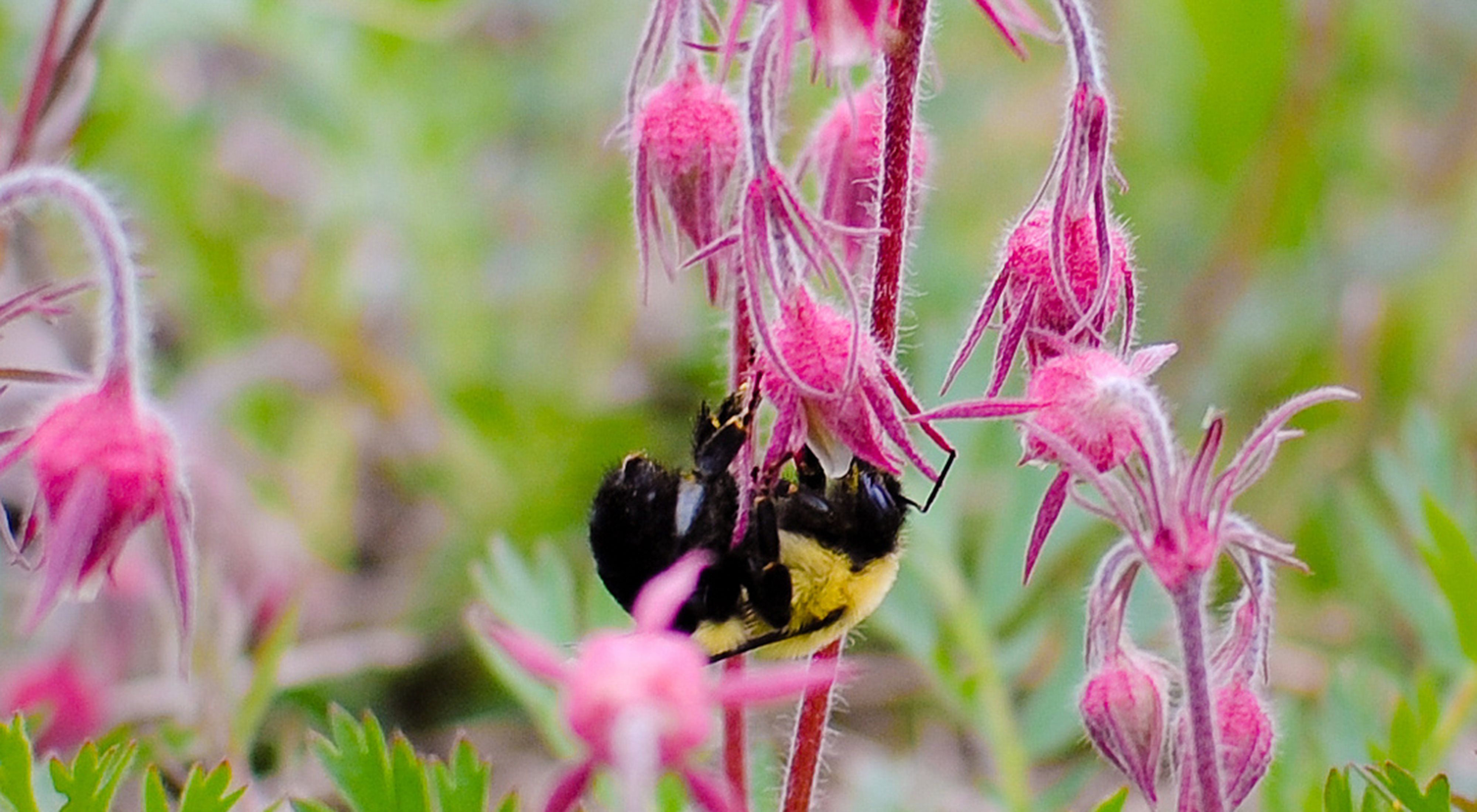A Closer Look at Alvar Barrens
Alvar barrens are highly unique, prairie-like landscapes that rest atop a foundation of limestone bedrock. Scientists disagree on the reason there is so little soil on alvars—they may have been swept away during a cataclysmic drainage of glacial waters, or swallowed up by abundant fissures in the limestone.
In any case, what remains is a flat rocky terrain of grasslands, limestone woodlands, cedar forests, pavement barrens and globally rare plant communities. Alvar communities are adapted to survive extreme conditions: shallow soils, regular spring flooding, and summer drought.
This particular landscape developed after the last glacier retreated from this area some 10,000 years ago. Meltwater pummeled the landscape, cutting deep fissures into the bedrock. Over time, a striking, linear pattern of vegetation – including many prairie-type plants that are rare in New York – grew on this shallow soil. The resulting vegetation mosaic includes fossilized bedrock, deep fissures, rubbly moss gardens, and patches of woods, shrub savannas, and open grasslands.
The bedrock found throughout Chaumont Barrens is about 450 million years old. Scientists say that at that time, Chaumont was at the bottom of a shallow tropical sea near the equator.
If you look closely, you can find the remains of primitive marine animals, such as cephalopods, that lived in the ocean. These creatures were the top predator of the marine food chain and are related to the modern-day squid and octopus.

